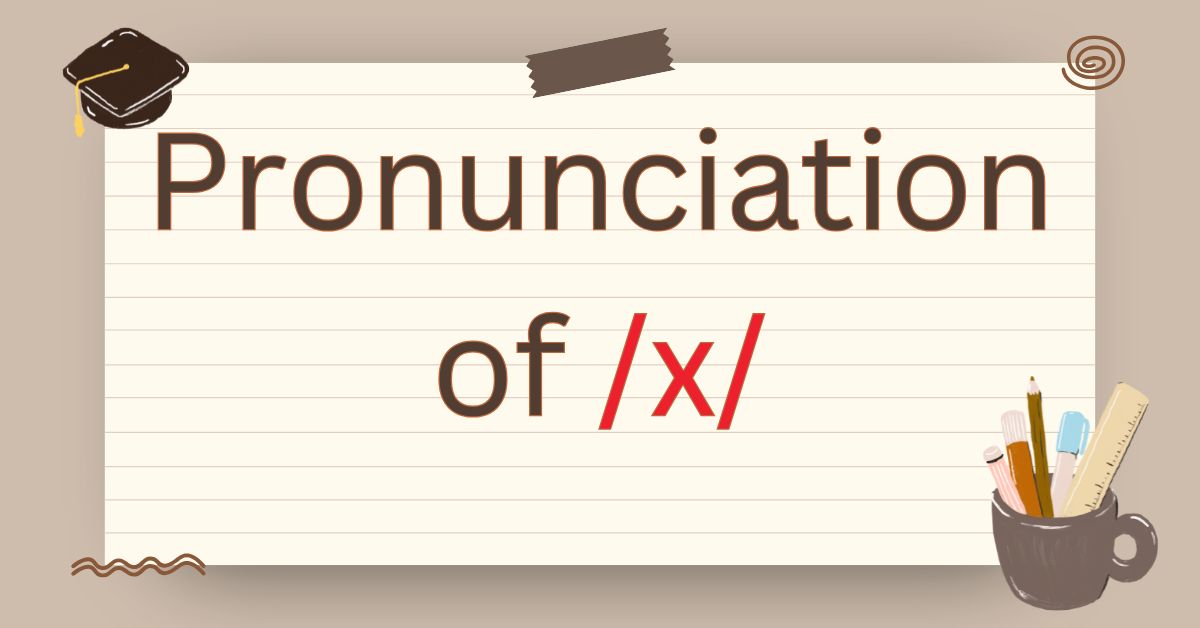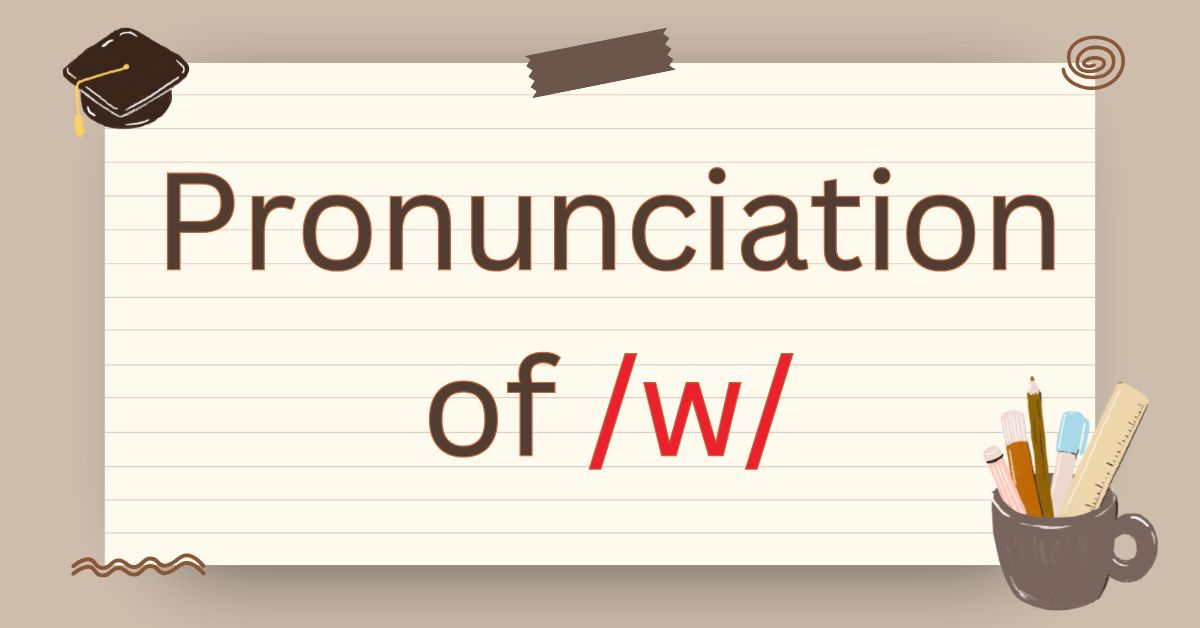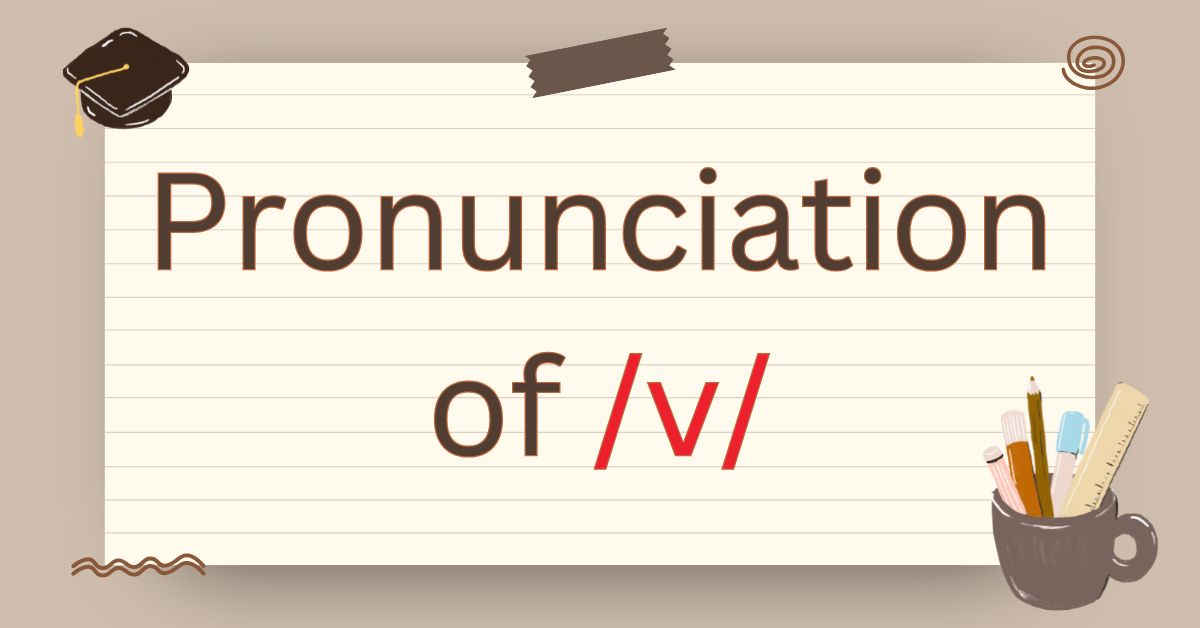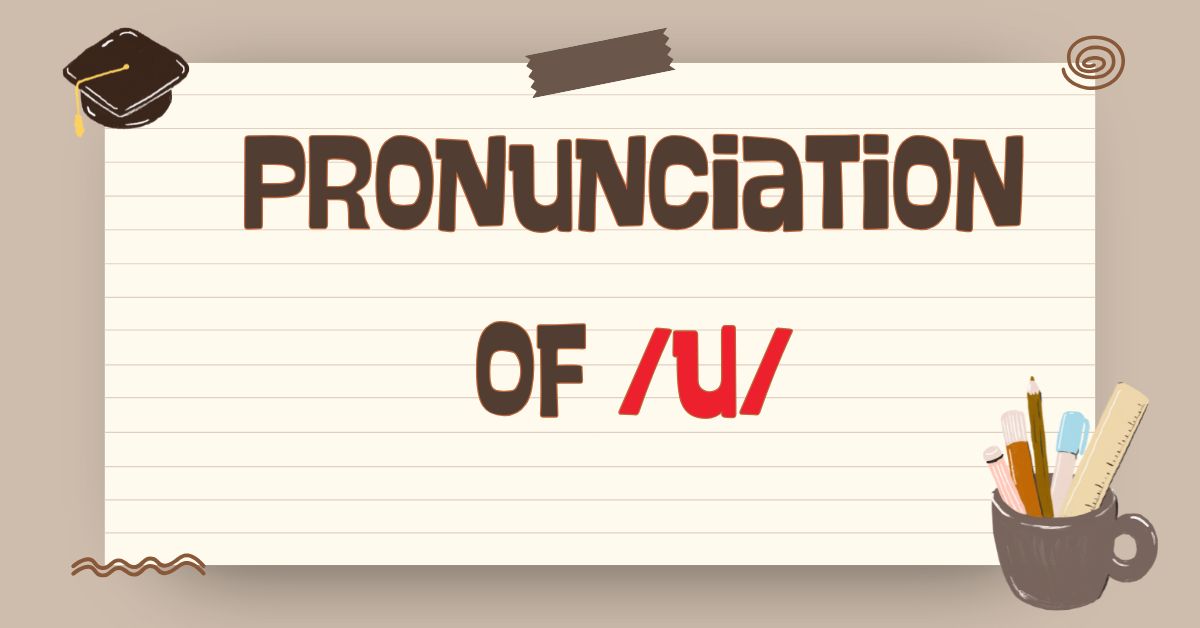คำสรรพนามเป็นคำที่มีบทบาทสำคัญอย่างยิ่งในการสร้างประโยคให้สมบูรณ์ ชัดเจน และช่วยหลีกเลี่ยงการใช้คำซ้ำ การเข้าใจการใช้คำสรรพนามไม่เพียงแต่ช่วยให้คุณแสดงระดับภาษาอังกฤษที่มั่นคงในการสอบภาษาอังกฤษเท่านั้น แต่ยังช่วยให้สื่อสารได้อย่างมีประสิทธิภาพในบทสนทนาประจำวันอีกด้วย ดังนั้นคำสรรพนามคืออะไรและมีกี่ประเภทในภาษาอังกฤษ มาค้นหาคำตอบกับ Monkey กันเลย!
คำสรรพนามคืออะไร
คำสรรพนามคือคำที่ใช้แทนคำนามหรือวลีคำนาม เพื่อหลีกเลี่ยงการใช้คำซ้ำ ทำให้ประโยคชัดเจนและเป็นธรรมชาติมากขึ้น
ตัวอย่าง:
-
ไม่มีคำสรรพนาม: Mary is a student. Mary is intelligent.
-
มีคำสรรพนาม: Mary is a student. She is intelligent.
ในที่นี้ “เธอ” เป็นคำสรรพนามบุรุษที่ใช้แทน “Mary” พจนานุกรมมักระบุคำสรรพนามด้วยตัวย่อ “pron.”
บทบาทและตำแหน่งของคำสรรพนาม
คำสรรพนามสามารถทำหน้าที่เช่นเดียวกับคำนามได้:
-
ในตำแหน่งประธาน (ต้นประโยค): They have known each other for eight years.
-
ในตำแหน่งกรรม (ตามหลังคำกริยา): She sent me a gift.
-
ในตำแหน่งส่วนเติมเต็ม (ตามหลังกริยาเชื่อม): Our sweetest songs are those that tell of saddest thought.
-
ในตำแหน่งกรรมของบุพบท: She received a letter from him.
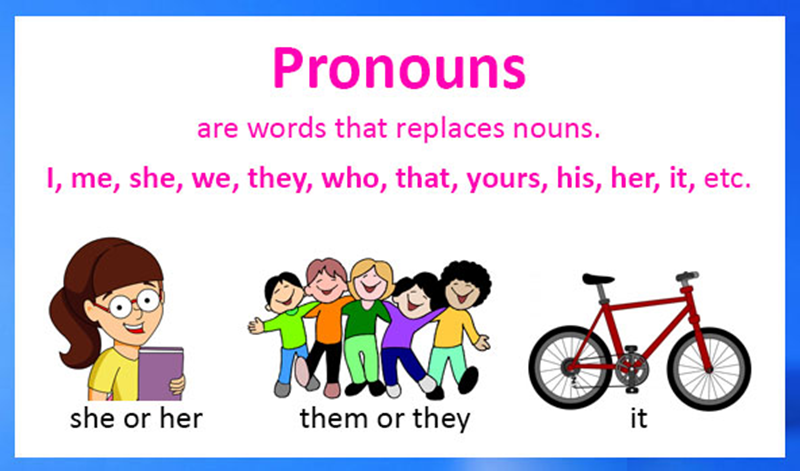
ประเภทของคำสรรพนาม
1. คำสรรพนามบุรุษ (Personal Pronouns)
ใช้แทนคนหรือสิ่งของ ประกอบด้วย:
|
บุรุษ |
ประธาน |
กรรม |
|
เอกพจน์ที่ 1 |
I |
me |
|
เอกพจน์ที่ 2 |
you |
you |
|
เอกพจน์ที่ 3 |
he/she/it |
him/her/it |
|
พหูพจน์ที่ 1 |
we |
us |
|
พหูพจน์ที่ 2 |
you |
you |
|
พหูพจน์ที่ 3 |
they |
them |
ตัวอย่าง: They are my cousins, so I understand them. (พวกเขาเป็นลูกพี่ลูกน้องของฉัน ดังนั้นฉันจึงเข้าใจพวกเขา)
2. คำสรรพนามแสดงความเป็นเจ้าของ (Possessive Pronouns)
ใช้แสดงความเป็นเจ้าของและยืนเดี่ยวได้:
-
I -> mine
-
You -> yours
-
He -> his
-
She -> hers
-
We -> ours
-
They -> theirs
-
It -> its
ตัวอย่าง: These books are great favorites of mine. (หนังสือเหล่านี้คือสิ่งที่ฉันชอบมาก)
3. คำสรรพนามสะท้อนกลับ (Reflexive Pronouns)
ลงท้ายด้วย -self หรือ -selves และอ้างอิงกลับไปที่ประธาน:
-
I -> myself
-
You -> yourself/yourselves
-
He -> himself
-
She -> herself
-
We -> ourselves
-
They -> themselves
-
It -> itself
ตัวอย่าง: He bought himself skates. (เขาซื้อรองเท้าสเก็ตให้ตัวเอง)
4. คำสรรพนามสัมพันธ์ (Relative Pronouns)
เชื่อมประโยคย่อยและอ้างถึงคำนาม: who, whom, whose, which, that
ตัวอย่าง: The boy who is wearing the black shirt is my neighbor. (เด็กผู้ชายที่ใส่เสื้อสีดำคือเพื่อนบ้านของฉัน)
5. คำสรรพนามชี้เฉพาะ (Demonstrative Pronouns)
ชี้ไปยังสิ่งที่เฉพาะเจาะจง: this, these, that, those
ตัวอย่าง: This is a good example of his poetry. (นี่คือตัวอย่างที่ดีของบทกวีของเขา)
6. คำสรรพนามคำถาม (Interrogative Pronouns)
ใช้ขึ้นต้นคำถาม: who, whom, what, which, whose
ตัวอย่าง: Who do you think will win? (คุณคิดว่าใครจะชนะ?)
7. คำสรรพนามไม่เจาะจง (Indefinite Pronouns)
ใช้แทนคนหรือสิ่งที่ไม่ระบุชัด:
-
เอกพจน์: something, somebody, everything, nobody…
-
พหูพจน์: several, many, few…
-
ใช้ได้ทั้งสอง: any, some, all, most…
ตัวอย่าง: I need something cold to drink. (ฉันต้องการอะไรเย็น ๆ มาดื่ม)
8. คำสรรพนามต่างตอบแทน (Reciprocal Pronouns)
แสดงการกระทำร่วมกัน: each other (สองคน), one another (มากกว่าสองคน)
ตัวอย่าง: The children here are friendly with one another. (เด็ก ๆ ที่นี่เป็นมิตรต่อกัน)
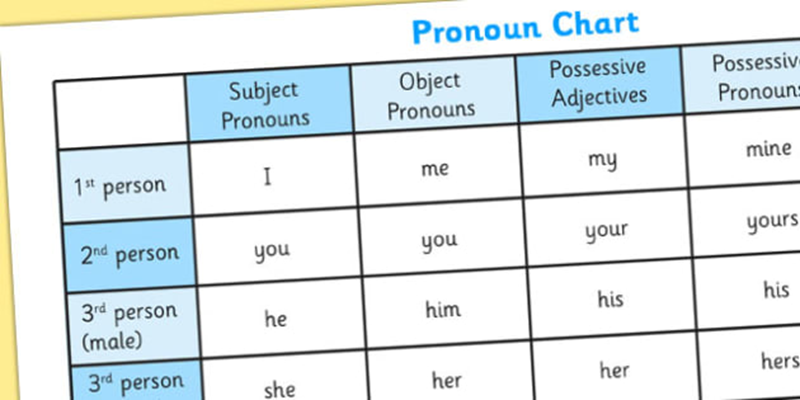
แบบฝึกหัดปฏิบัติ
แบบฝึกหัดที่ 1: แทนคำที่ขีดเส้นใต้ด้วยคำสรรพนามแสดงความเป็นเจ้าของ (Replace the underlined words with possessive pronouns)
-
Marianne liked my cookies more than your cookies. -> Marianne liked my cookies more than yours.
-
Sherlock, is that your car? -> Sherlock, is that yours?
-
Did you find the cat’s bell? -> Did you find its bell?
-
That is not their car. This black one is their car. -> That is not their car. This black one is theirs.
-
Whose bike is this? Is it his bike? -> Whose bike is this? Is it his?
แบบฝึกหัดที่ 2: เติมคำสรรพนามที่ถูกต้องลงในช่องว่าง (Fill in the blanks with correct pronouns)
Last year we went to Antalya to visit ___ grandparents… -> …to visit our grandparents. They were glad to see us. …
แบบฝึกหัดที่ 3: ตอบคำถามโดยใช้คำสรรพนามคำถาม (Answer the questions with interrogative pronouns)
-
___ is your name? -> What is your name?
-
___ are you going with? -> Who are you going with? … and so on.
สรุปแล้ว“คำสรรพนามคืออะไร”เป็นหัวข้อที่ผู้เรียนภาษาอังกฤษควรทำความเข้าใจอย่างลึกซึ้ง เพราะคำสรรพนามมีบทบาทสำคัญในการทำให้ประโยคกระชับ ชัดเจน และไม่ซ้ำซ้อน หากสามารถจดจำประเภทต่าง ๆ และใช้งานได้ถูกต้อง ก็จะช่วยเพิ่มทักษะการสื่อสารทั้งการเขียนและการพูดได้อย่างมั่นใจ รวมถึงช่วยพัฒนาความสามารถทางภาษาอังกฤษในทุกระดับ



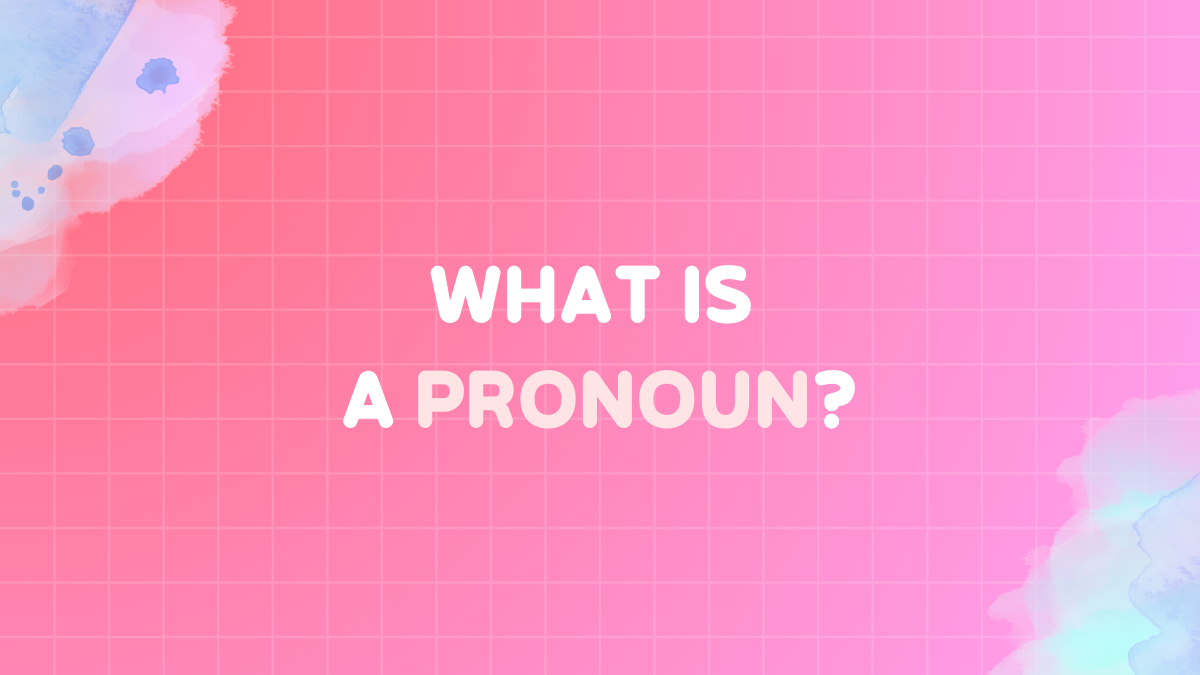
.png)
